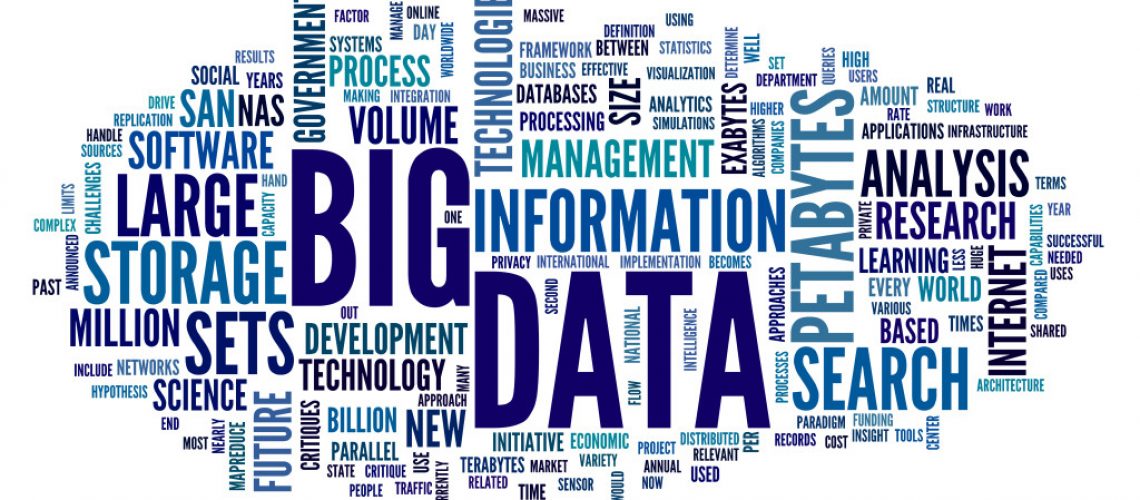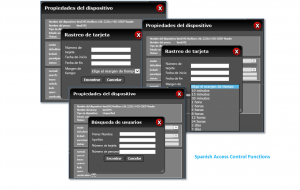Big data is all the rage today, and with good reason. The information gathered from big data engines can be applied to offer insights that can help drive business growth, solve a healthcare crisis, or empower student success. However, big data alone is not a silver bullet – the real value is derived from data correlation, or the ability to understand the data gathered as it applies to other data in the appropriate context. Just as correlation is defined as the technique for investigating the relationship between two variables, then data correlation is the ability to pull data from various sources and derive benefit from the understanding of the relationship between them to determine a more informed way forward.
Consider the example of how big data correlation is being used to help insurance companies identify drivers who are most deserving of reduced insurance rates: with the increase in available sensor data from connected cars, insurers are able to craft an informed driver profile to determine if insurance discounts are in order. At their fingertips are data streams providing information on how often a driver uses the car; typical distance covered; times of day of regular travel, the traffic congestion encountered; and average speed sustained. From these data streams, insurers are able to more succinctly determine what level of insurance risk each driver presents, and can therefore provide more tempting incentives to either become or remain a customer. In this case, data correlation takes away the “guessing game” for the insurance company and replaces it with a simple solution that benefits everyone – from the insurance company, to the driver, to the industry itself. That is a great example of how data correlation turns into actionable intelligence. And that is the power of big data done right.
Data is the security space is no different. For PSIM systems, physical security video cameras or sensors provide information that let security teams know if there is a problem. The PSIM intelligence layer can convert massive amounts of data (essentially meaningless without context) into meaningful and actionable information by filtering and correlating the data based on time, location, duration, frequency and type. These criteria are defined by an organization’s risk policy standards and compliance requirements.
CSIM takes this approach even further, by combining physical security with information technology to provide a more holistic evaluation of a security situation. Formally integrating these previously disparate security functions of the physical and IT components into converged security is a natural evolution for our increasingly networked world. This capability allows companies to correlate data in a more efficient way by drawing trends from both the physical environment and the digital perspective to mitigate risk at a higher and more efficient level.
CSIM takes into account data from multiple sources:
- Video: The primary source of security knowledge, video cameras monitor key entry points and are triggered to other areas based on information from sensors and the data command center.
- Access: Monitors access points – whether physical or digital – through the use of ID management, access control and alarm systems.
- Sensors: Multiple sensors from different locations provide a more complete picture of an active situation.
- 3D Mapping: Through the use of sensors, CSIM is able to access 3D maps of situations in order to make smarter, faster decisions.
- Social Media: Proactively and reactively monitors social media, weather, news and other open source data feeds to provide real-time information.
These capabilities, combined with other features, can be leveraged by global organizations and enterprises to gain valuable, real-time insights. Through integrating big data analytics tools, social media and other intelligence inputs, companies can correlate internal vulnerabilities with external threats. Situational awareness data from external sources are included in our dynamic reporting feature, providing organizations with a more comprehensive understanding of where these threats are happening and how they could potentially impact business operations.
The future applications of these intelligence streams stretch well beyond security. Consider these same inputs and how they can offer insights into how your organization operates, pointing to opportunities for increased efficiencies. With a platform like our CSIM offering, the avenues for integration are potentially endless, providing a pathway for big data to impact not only your organization’s security, but overall operations as well.






![Vidsys Enterprise 2020R2: improved video replay controls, auto reporting + more [release notes]](https://vidsys.com/wp-content/uploads/2020/05/Spanish-Access-Control-Functions.png)
